Toshikazu Hirao3540295798, 9783540295792
Table of contents :
Contents……Page 6
Part I: Redox Systems via d,π-Conjugation……Page 17
1 Conjugated Complexes with Quinonediimine Derivatives……Page 18
1.1 Introduction……Page 19
1.2 Architecturally Controlled Formation of Conjugated Complexes with 1,4-Benzoquinonediimines……Page 20
1.3 Redox-Switching Properties of Conjugated Complexes with 1,4-Benzoquinonediimines……Page 32
1.4 Conclusion……Page 39
1.5 References……Page 40
2.1 Dimensionality in Molecular-Wire Sensors……Page 43
2.2 Analyte-Triggered Barrier Creation in Conducting Polymers……Page 46
2.4 Langmuir–Blodgett Approaches to Nanofibrils……Page 48
2.5 Molecular Scaffolds for the Isolation of Molecular Wires……Page 51
2.7 References……Page 57
3 Metal-Containing π-Conjugated Materials……Page 59
3.1 Introduction……Page 60
3.2 Metal-Complex-Containing Conjugated Materials……Page 61
3.3 Metal-Nanoparticle-Containing Conjugated Materials……Page 65
3.4 Applications……Page 66
3.6 References……Page 67
4 Redox Active Architectures and Carbon-Rich Ruthenium Complexes as Models for Molecular Wires……Page 69
4.1 Introduction……Page 70
4.2 Ruthenium Allenylidene and Acetylide Building Blocks: Basic Properties……Page 71
4.3 Bimetallic Complexes from the Ru(dppe)[sub(2)] System……Page 77
4.4 Connection of Two Carbon-Rich Chains with the Ruthenium System……Page 85
4.5 Trimetallic and Oligomeric Metal Complexes with Carbon-Rich Bridges……Page 88
4.6 Star Organometallic-Containing Multiple Identical Metal Sites……Page 91
4.8 References……Page 93
5 Molecular Metal Wires Built from a Linear Metal Atom Chain Supported by Oligopyridylamido Ligands……Page 99
5.1 Introduction……Page 100
5.2 Synthesis of Oligopyridylamine Ligands……Page 101
5.3 Dimerization by Self-Complementary Hydrogen Bonding……Page 104
5.5 Mono- and Dinuculear Complexes……Page 105
5.6 Structures of Linear Multinuclear Nickel Complexes……Page 106
5.7 Structures of Linear Multinuclear Cobalt Complexes……Page 112
5.8 Structures of Linear Multinuclear Chromium Complexes……Page 114
5.9 Structures of Triruthenium and Trirhodium Complexes……Page 117
5.10 Complexes of Modified Ligands……Page 118
5.11 Electrochemical Properties of the Complexes……Page 119
5.12 Scanning Tunneling Microscopy Studies……Page 126
5.13 Summary……Page 128
5.14 References……Page 129
6.1 Introduction……Page 132
6.2 Multielectron Redox Systems……Page 133
6.3 Multinuclear Complexes as Redox Catalysts……Page 135
6.4 Macromolecule-Metal Complexes……Page 136
6.5 Metal Ion Assembly on Dendritic Macromolecules……Page 137
6.7 References……Page 142
Part II: Redox Systems via Coordination Control……Page 144
7.1 Introduction……Page 145
7.2 Syntheses of Oligomers 1 and 2……Page 147
7.3 Redox Behavior of 1 and 2……Page 148
7.5 References……Page 151
8.1 Introduction……Page 153
8.2 Fabrication of Multilayer Nanoarchitectures by Surface Coordination Chemistry……Page 154
8.3 Chemical Functions of Redox-Active Multilayered Complexes on Surface……Page 160
8.5 References……Page 165
9.1 Introduction……Page 167
9.2 DNA-Directed Metal Arrays……Page 168
9.3 Peptide-Directed Metal Arrays……Page 173
9.5 References……Page 176
10.1 Introduction……Page 178
10.2 Pseudomacrocycles for Cooperative Molecular Functional Systems……Page 179
10.3 Oligo(N[sub(2)]O[sub(2)]-Chelate) Macrocycles……Page 183
10.4 Acyclic Oligo(N[sub(2)]O[sub(2)]-Chelate) Ligands……Page 185
10.6 References……Page 188
11.1 Introduction……Page 190
11.2 Asymmetric Oxidative Coupling with Dinuclear Metal Complexes……Page 192
11.3 Oxidative Coupling Polymerization of Phenols……Page 194
11.4 Oxidative Coupling Polymerization of 2,3-Dihydroxynaphthalene……Page 195
11.6 References……Page 199
Part III: Redox Systems via Molecular Chain Control……Page 201
12 Nano Meccano……Page 202
12.1 Introduction……Page 203
12.2 Redox-Controllable Molecular Switches in Solution……Page 205
12.3 Application of Redox-Controllable Molecular Machines in Electronic Devices……Page 210
12.4 Application of Redox-Controllable Molecular Machines in Mechanical Devices……Page 213
12.5 Conclusions……Page 220
12.6 References……Page 221
13.1 Introduction……Page 224
13.2 Redox Behavior and Conformation of Ferrocene-End-Capped Rotaxane……Page 226
13.3 Reduction of Ketone by Rotaxane Bearing a Dihydronicotinamide Group……Page 234
13.4 Conclusion……Page 239
13.5 References……Page 240
14.1 Introduction……Page 242
14.2 Metal-Containing Star Polymers……Page 244
14.3 Metal-Containing Hyperbranched Polymers……Page 252
14.4 Concluding Remarks……Page 254
14.5 References……Page 255
15.1 Molecular Electronics……Page 257
15.2 Electron Transfer Through Molecules……Page 258
15.3 Electronic Properties of Helical Peptides……Page 259
15.5 Effect of Linkers on Electron Transfer……Page 262
15.6 Helical-Peptide Scaffold for Electron Hopping……Page 264
15.7 Photocurrent Generation with Helical Peptides Carrying Naphthyl Groups……Page 267
15.9 References……Page 269
16 Construction of Redox-Induced Systems Using Antigen-Combining Sites of Antibodies and Functionalization of Antibody Supramolecules……Page 271
16.1 Introduction……Page 272
16.2 Photoinduced Electron Transfer from Porphyrins to Electron Acceptor Molecules……Page 274
16.3 Peroxidase Activity of Fe-Porphyrin-Antibody Complexes……Page 283
16.4 Dendritic Antibody Supramolecules……Page 290
16.5 Linear Antibody Supramolecules: Application for Novel Biosensing Method……Page 293
16.6 Conclusions……Page 297
16.7 References……Page 298
L……Page 300
R……Page 301
T……Page 302
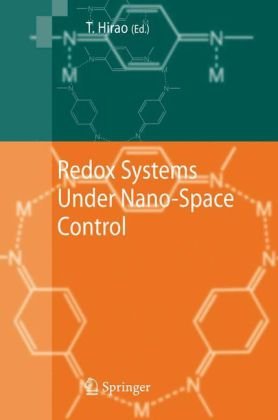
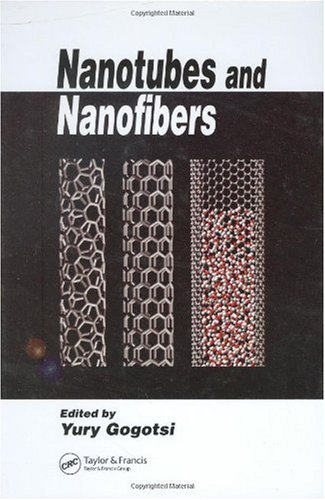

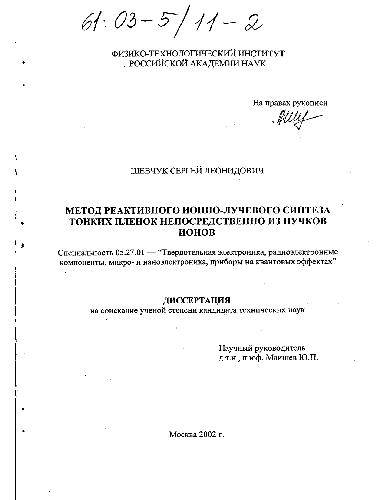
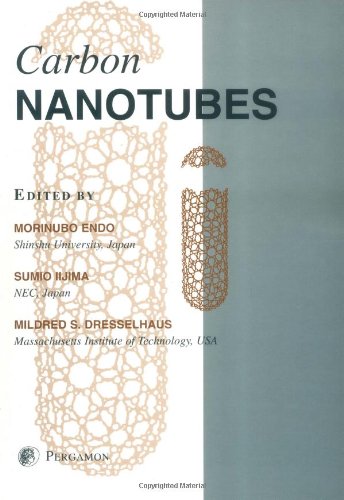
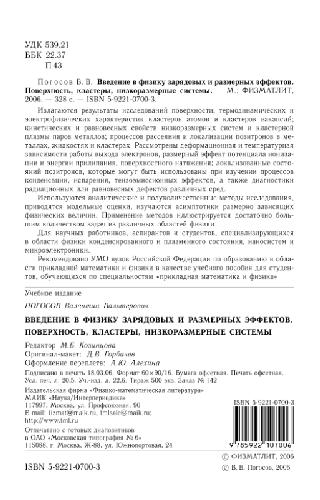
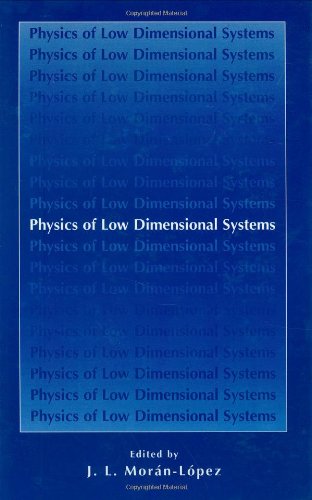
Reviews
There are no reviews yet.